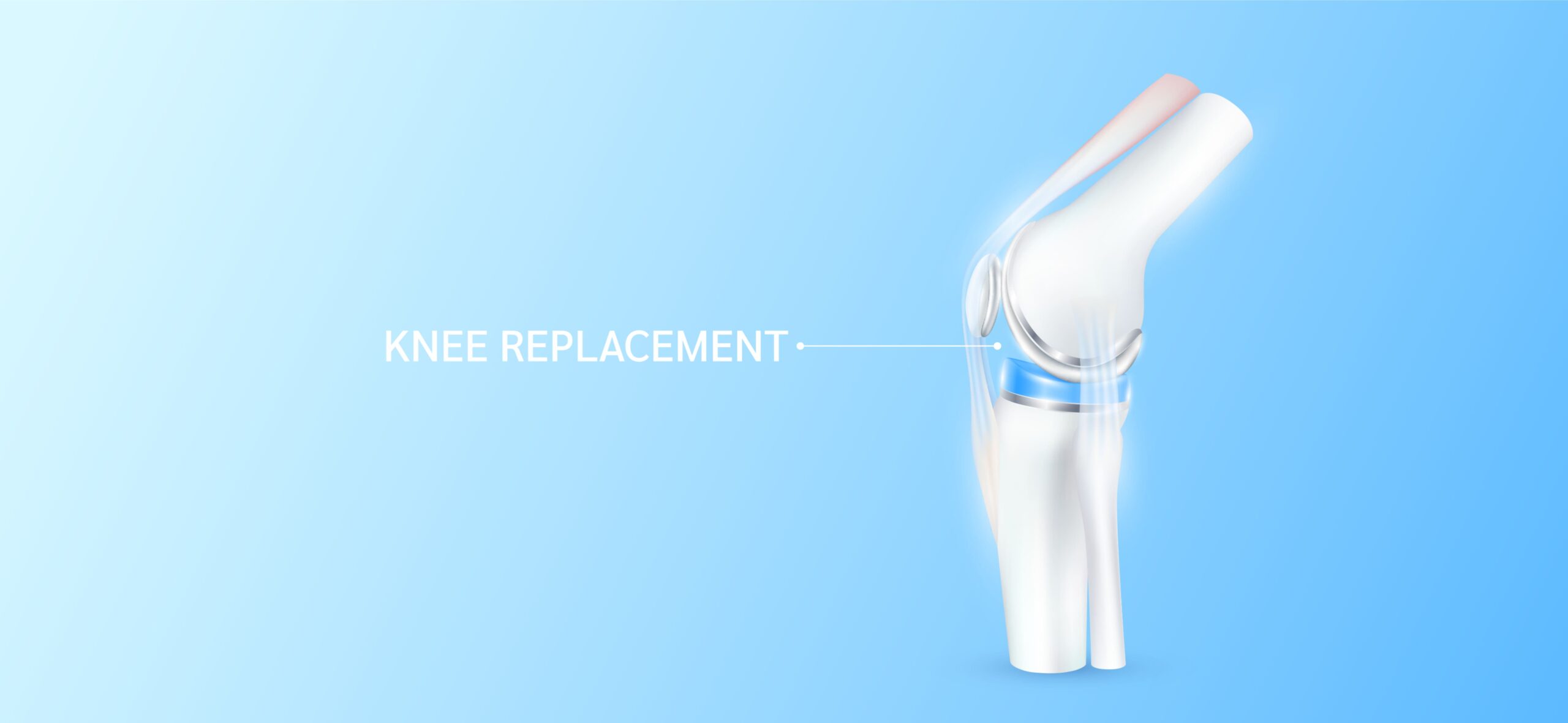In this article we discuss knee prostheses, the only definitive solution to restore functionality and walk again.
Knee prosthesis surgery, the duration and characteristics of which we address in this article, represents the solution to various joint pathologies that reduce the quality of life for those affected, including osteoarthritis.
Gonarthrosis is a relatively common degenerative disease that affects the knee joints, caused by the thinning and destruction of cartilage.
A knee arthroplasty is the only definitive solution to restore functionality and walk again: it is a safe and effective operation that restores joint mobility.
Let’s delve into the details:
- meaning and types of knee prosthesis;
- when is a knee prosthesis recommended?
- how long does knee prosthesis surgery take?;
- what is the lifespan of the new prosthesis?
Meaning and types of knee prosthesis
Knee arthroplasty can stop pain, correct limb deformities and allow the resumption of normal activities.
The choice of implant type is personalized based on the type of osteoarthritis, age, activity level and bone quality.
A knee prosthesis can be total or partial (unicompartmental).
If you have developed widespread osteoarthritis or suffer from autoimmune diseases, a total prosthesis is recommended. However, if osteoarthritis has affected only one part of the knee, you can benefit from partial prosthesis surgery.
In the first case the entire surface is covered by the prosthesis; in the second case only the damaged part is covered by the prosthesis, while the remaining part is not altered by the surgery.
Most ligaments and tendons are left in place, allowing natural knee movement.
Recent advancements in biomedical engineering have significantly evolved knee prosthesis implants, impacting model morphology, component optimization and material quality.
This allows the use of:
- biocompatible prostheses, increasingly well-tolerated by the body;
- new systems that enable greater post-operative joint range of motion compared to the past.
When is a knee prosthesis recommended?
Knee prosthesis surgery is recommended when X-rays show severe osteoarthritis with bone-on-bone contact and any of the following symptoms are present:
- pain resistant to painkillers;
- constant pain even at rest;
- difficulty standing for long periods;
- inability and pain in daily activities such as walking or climbing stairs;
- significant difficulty rising from a seated position;
- pain and difficulty sleeping at night;
- limited joint mobility compromising daily activities;
- no benefit or limited benefit from physiotherapy and conservative treatments.
In the early stages symptoms may improve with weight loss, rehabilitation, cartilage supplements, ice, anti-inflammatories and drug injections into the joint.
When conservative therapy is no longer effective, surgery is the only treatment that can eliminate the condition definitively.
It is a definitive surgery after which you can lead a normal life without limitations.
How long does knee prosthesis surgery take?
Knee prosthesis surgery includes the following steps:
- administration of spinal anesthesia and, if requested, sedation;
- surgical incision in front of the knee to access the joint;
- removal of damaged cartilage and bone;
- ensuring the prosthetic components are correctly positioned;
- testing the new joint;
- closing the incision.
The surgery lasts 40 minutes for a unicompartmental prosthesis, 60 minutes for a total prosthesis, or 90 minutes in case of prosthesis revision.
You may feel that the duration is longer, because before the actual surgery nurses and the anesthetist follow important identification and safety procedures, as well as administer pain control medications.
The waking phase can vary in duration, which is why it takes about 2-3 hours from when you leave the ward to when you return.
You return to your room without a urinary catheter and surgical drain and when the anesthesia wears off, you can get up and walk with physiotherapists: the psychological impact is very important in these procedures.
The next day you can walk a medium distance and the day after you can climb stairs.
Overall you stay in the healthcare facility for about 3-4 days.
What is the lifespan of the new prosthesis?
All prosthetic implants wear out over time, which varies based on your age, weight, and activity level.
The longevity of a joint prosthesis varies from patient to patient.
Given the evolution of modern materials and advanced prosthesis designs, if correctly implanted, prostheses last more than 20 years in 90% of patients and more than 25 years in 80% of patients.
Typically, the knee prosthesis is fixed to the bone with cement, providing a solid anchorage and long-lasting durability.
In younger patients with good bone quality, uncemented prostheses made of material that integrates with the bone can be used.
It is important to have an annual X-ray check-up and an orthopedic visit to monitor the prosthesis’s health status and the overall condition of the joint.
Contact us on our Contacts page if you want to know more about our knee prosthesis surgery method.


